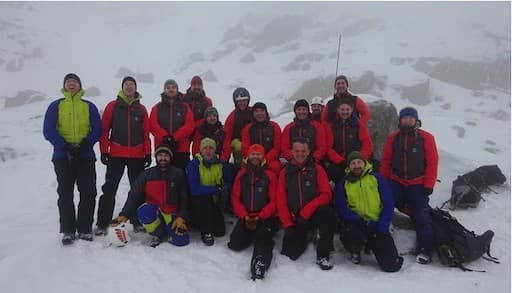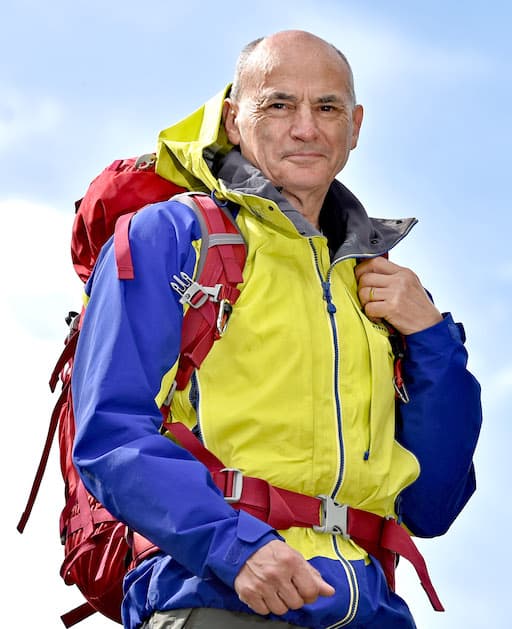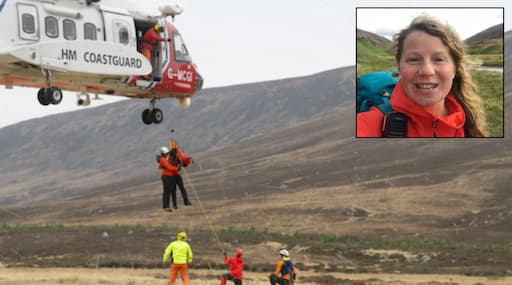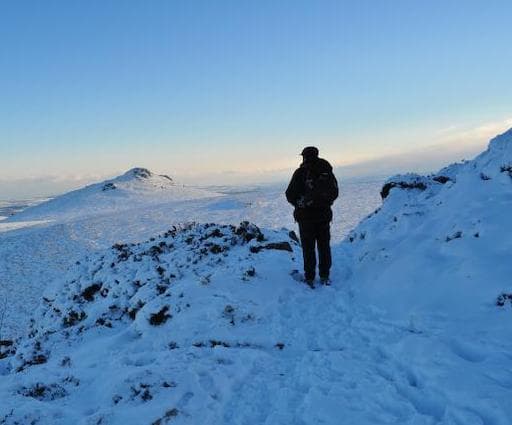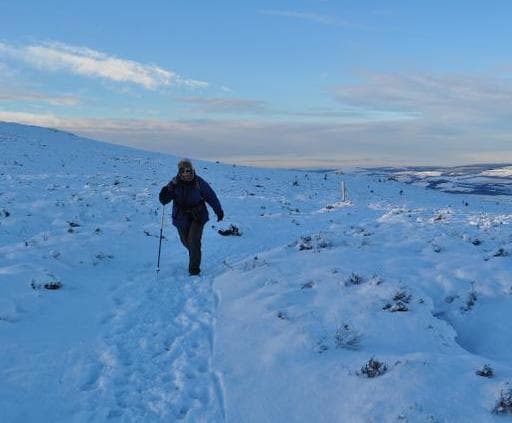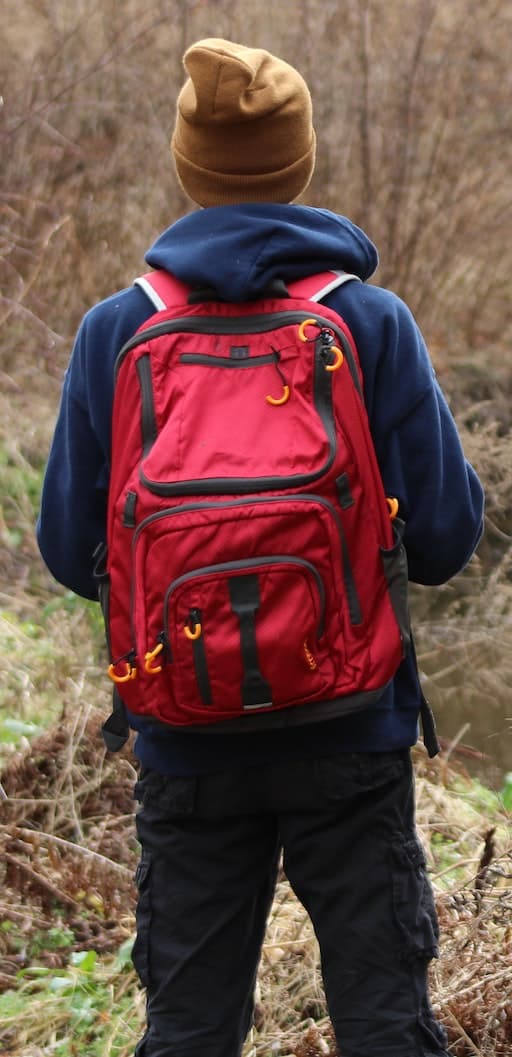Aberdeen Mountain Rescue Team
Mario Di Maio writes:
Many people are surprised to discover that there is a Mountain Rescue Team based in Aberdeen. Where are the mountains they often ask! Well not too far from the city we have quite a few hills including Bennachie, and these hills are very popular with walkers. We are also very close to the Cairngorms where you will find the second highest mountain – Ben Macdui – in the United Kingdom. The Cairngorms are also the snowiest and windiest part of Britain and as well as attracting walkers they are also popular with climbers and skiers.
In an average year the Aberdeen Mountain Rescue Team will be called out between fifteen and twenty times. Most of the callouts are for people who are missing in the hills or who have suffered an injury or illness which requires them to be rescued. Rescues often take place at night and regularly in bad weather and this can make it very difficult and challenging for Team members. All the members of the Team are volunteers and have normal jobs – we have Teachers, Engineers, Joiners and many other occupations in the Team and despite having jobs they are prepared to go out, often in really bad weather conditions in the middle of the night, to rescue injured and lost people in the hills and mountains. Before becoming a member of the Rescue Team you must be a skilled mountaineer able to cope with the difficult conditions that the Team often has to work in. People have different reasons for joining the Rescue Team but they all share a love of the hills and mountains and are keen to help people who get into difficulties in the hills. Accidents in the hills and mountains can happen at any time and the Team has actually been called out on Christmas Day and New Year’s Day – which as you can imagine can be very disruptive to normal family life.
The Team trains every Thursday night, usually at our base in Westhill, and every third weekend we head out to the Cairngorms where we spend time working on the technical skills involved in rescues. All Team members are trained to a high level in First Aid and because callouts can last for many hours before we are able to get a casualty to hospital we have to be able to look after and treat all sort of injuries.
Being a member of a Mountain Rescue Team requires a great deal of personal commitment because of all the training that Team members are required to do and also the fact that you are likely to be called out at any time day or night. It also requires a lot of understanding and support from family members because callouts can happen at any time and that can have a big impact on normal family life.
Because Mountain Rescue Team members are keen mountaineers and we understand that anyone can have an accident we never criticise or comment on callouts we attend. We do hope however that people who are going to the hills and mountains make sure that they are properly equipped and prepared with the skills and knowledge to have a safe and enjoyable adventure.
Learn more at www.amrt.org.uk
